Credits
Banner: Christian Guthier
Compost bins photo: Emma Cooper
Bacteria under the microscope: Drew March
Compost bucket photo: elaine
Stirring compost photo: Samantha
Spreading compost photo: Susy Morris
Washing hands photo: Arlington County
The rubbish we throw away everyday is polluting our Earth. A lot of this rubbish comes from our gardens and kitchens and the good news is that this type of natural waste can be easily composted. Composting is a natural process that involves controlling the decomposition (breakdown) of natural waste and recycling it into a valuable fertiliser for our gardens.
Banner: Christian Guthier
Compost bins photo: Emma Cooper
Bacteria under the microscope: Drew March
Compost bucket photo: elaine
Stirring compost photo: Samantha
Spreading compost photo: Susy Morris
Washing hands photo: Arlington County
By composting you can reduce the amount of waste sent to landfill. Landfills seal rubbish in airtight spaces so air cannot get to organic waste. This means it decomposes anaerobically (without oxygen) and creates powerful greenhouse gases, in particular methane which contributes to global warming and climate change. When the same organic waste is composted above ground in your garden, oxygen helps it decompose aerobically so hardly any methane is produced.
Although many councils now offer green waste collections, home composting avoids the need to transport it, with the associated fossil fuel consumption and pollution this causes.
Did you know?
Composting at home for 1 year can save global warming gases equivalent to all the carbon dioxide (CO2) your kettle produces annually or your washing machine in 3 months (recyclenow.com).
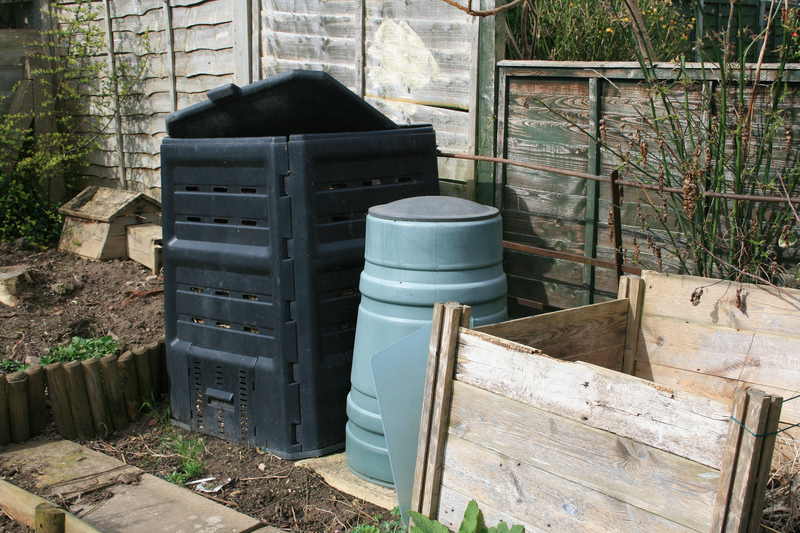 Composting is suitable for all gardens, except the very small. There are many different types of home composting bins available and local councils often sell them to householders at subsidised prices. But you can also make your own DIY composting bin using a wide range of materials such as wooden pallets or a plastic container. It is important to get the design details right in order to ensure your composting is successful. Your bin needs to keep out rain, retain some warmth, allow drainage and let air in. For some great ideas on materials and designs see: www.compostguide.com/18-cool-diy-compost-bin-designs/
Composting is suitable for all gardens, except the very small. There are many different types of home composting bins available and local councils often sell them to householders at subsidised prices. But you can also make your own DIY composting bin using a wide range of materials such as wooden pallets or a plastic container. It is important to get the design details right in order to ensure your composting is successful. Your bin needs to keep out rain, retain some warmth, allow drainage and let air in. For some great ideas on materials and designs see: www.compostguide.com/18-cool-diy-compost-bin-designs/
In order to deter pests such as rats, you can line your bin with heavy duty metal mesh so that worms can get through but unwelcome visitors are kept out. Also ensure your bin has a tightly fitting lid.
Ideally your bin should be sited in a reasonably sunny spot, but not where it will be in the sun the entire day. Whilst warmth is needed for the composting process, too much direct sun will dry the material out. Try to find a level, well-drained spot so that excess water drains away easily and this will also help worms get in so that they can play their part in helping to break down organic waste.
Your bin should be sited on bare soil - this makes it is easy for beneficial microbes and insects to gain access to the material and allows for better aeration and drainage. Try to avoid putting your bin on concrete, tarmac or patio slabs; if you have to do this, then make sure there is a layer of paper, twigs or existing compost on the bottom.
For detailed information on where to site your compost bin see: www.recyclenow.com/reducewaste/composting/setting-your-bin
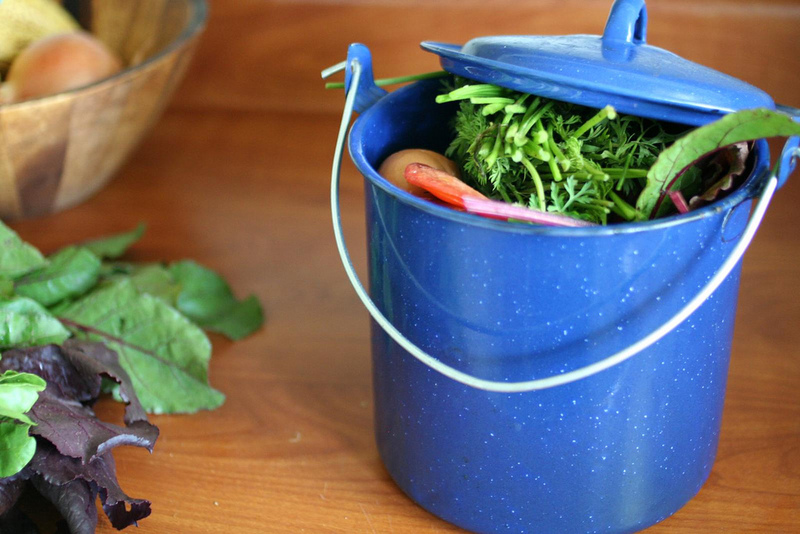 The right materials
The right materialsMany organic and natural materials can be composted but it is important to get the right balance. The micro-organisms need an even mix of ‘brown’ and ‘green’ matter to munch on, so aim for 50% of each to get the best compost. If the mix is not right, it could take a very long time to compost and may not produce a very pleasant end result.
‘Green’ Organic Matter
Fresh, wet and sappy matter that is quick to rot and provides important nitrogen and moisture e.g. annual weeds, bindweeds, grass mowings, hedge clippings, house plants, cut flowers, carrot tops, fruit peelings, vegetable peelings, coffee grounds, tea leaves and teabags.
‘Brown’ Organic Matter
Older, drier and brittle matter that is slower to rot. It’s high in carbon, acts as fibre and allows air pockets to form e.g. autumn leaves, Christmas trees, straw, cardboard, cotton towels, egg boxes, egg shells, paper bags, paper towels, vacuum cleaner contents and wool.
Anything that was once living will compost, but there are some materials that are best avoided and should NOT be put in:
Bones, cooked food, meat and fish scraps, dairy products - these attract unwanted visitors such as rats or foxes who may try to dig them out and will also cause unpleasant smells.
Diseased plants - these may spread disease back into your garden when you use the compost.
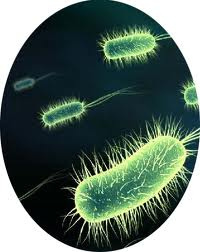 Micro-organisms e.g. bacteria are very tiny living things which can only be seen under a microscope. Their needs are similar to ours - air to breathe, moisture, warmth and food. These conditions are met when the right amount and mixture of organic material is collected and piled together. Micro-organisms feed on organic waste, breaking it down into compost.
Micro-organisms e.g. bacteria are very tiny living things which can only be seen under a microscope. Their needs are similar to ours - air to breathe, moisture, warmth and food. These conditions are met when the right amount and mixture of organic material is collected and piled together. Micro-organisms feed on organic waste, breaking it down into compost.
Did you know?
A teaspoon of soil can contain up to 1 billion bacteria!
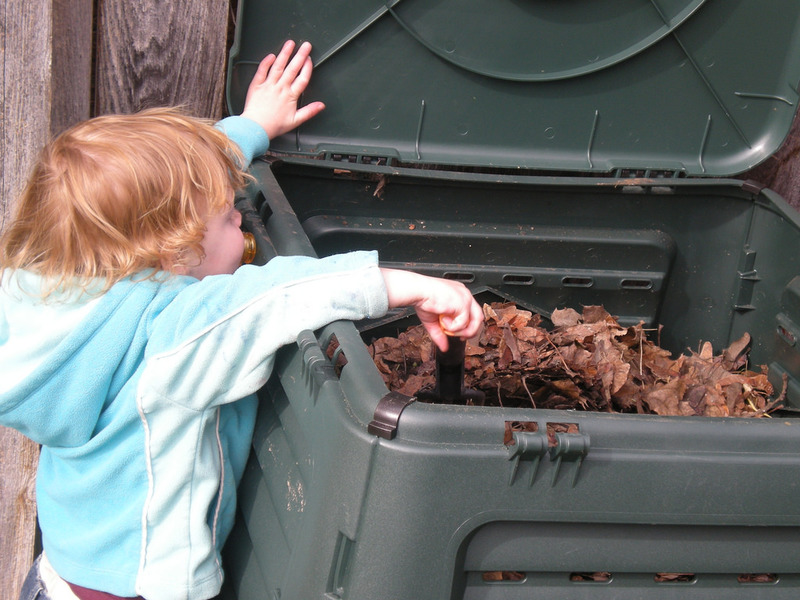 Composting can be carried out all year, but late summer to early winter is the peak time. There are two approaches - hot composting if you want to produce compost as quickly as possible or cool composting if you are not in a rush. Or you may choose to use a mixture of both approaches.
Composting can be carried out all year, but late summer to early winter is the peak time. There are two approaches - hot composting if you want to produce compost as quickly as possible or cool composting if you are not in a rush. Or you may choose to use a mixture of both approaches.
1. Gather enough material to fill the compost bin in one go. Mix the material several times before adding it to the bin, ensuring you have a good balance of green and brown matter and that it is chopped into small pieces.
2. Fill your bin with the material, sprinkling with water as you go to keep it moist. It should be as moist as a wrung-out sponge.
3. It’s a good idea to add in a shovelful of already made compost or soil - full of micro-organisms to start the composting process quickly.
4. In a few days your pile is likely to be hot to the touch - in optimal conditions it can heat up to temperatures in the range of 50-65C and you may see steam rising from the pile as you turn it or dig into it.
5. As soon as the centre starts to cool (about a week later), mix the contents of your pile thoroughly, making sure you move material from the centre to the outside. This introduces oxygen to the pile and will heat it back up again. You can use a garden fork or shovel or you may choose to buy a compost aerator which will make turning your pile easier (especially when it’s in a commercially made bin).
6. After this turn your pile every 4-5 days or when the temperature drops. Add water if it is drying out.
7. You will know it is ready when it turns into a crumbly, dark material that looks like thick moist soil and gives off an earthy, fresh smell. This method needs considerable effort but you will be rewarded with excellentt compost within several weeks to several months.
For more detailed instructions on hot composting see:
https://www.permaculture.co.uk/readers-solutions/how-make-hot-compost
1. Start to fill your bin - try to make a layer of at least 30cm to start with.
2. Continue to add green and brown material by regularly emptying your kitchen caddy and garden waste into your compost bin.
3. Try to mix/turn the contents of your bin every few weeks. This adds air which encourages aerobic bacteria and speeds up the rate of decomposition, so the more often you turn it the quicker the compost will be ready to use. Turning your pile also gives you the opportunity to assess the moisture levels.
4. When the compost is ready to use there will be a dark brown, almost black soil-like layer at the bottom of your bin.
5. This method needs far less effort than hot composting and it is the one most people use. It can take a year or so to produce compost, depending on the material you add and how often you turn it. Your compost pile may never heat up, but the end result can be just as good.
Compost doesn’t look like the compost you can buy in shops and has twigs and egg shells in it. This is normal and nothing to worry out - just sift out any larger bits and return to the bin.
Compost is wet, slimy and strong smelling. This is often caused by too little air and too much water, sometimes as a result of adding too much of a green material such as grass clippings. Ensure the heap is covered to protect it from the rain and add brown waste e.g. paper, straw.
Compost is dry and fibrous with little rotting. This is usually caused by too little moisture and too much brown material. Add more green waste.
Compost is taking a very long time to be ready - not turning the heap often enough is the main cause of poor/slow results.
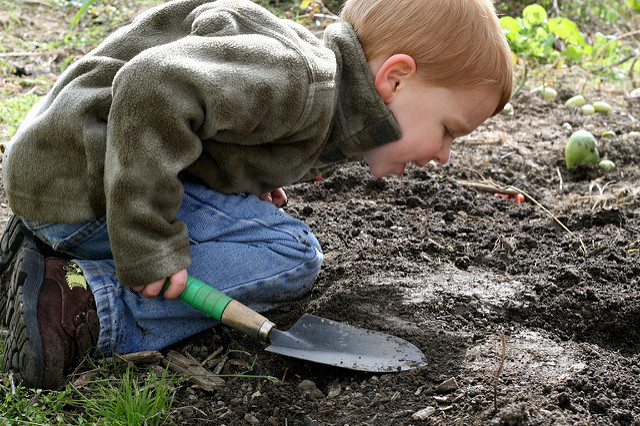 Your compost is a valuable and nutrient-rich fertiliser that will improve soil structure, maintain moisture levels, keep soil’s pH balance in check and help prevent plant disease. It can be spread over flowerbeds, mixed into soil when planting a new plant and mixed with sand to make a great potting soil for growing plants in pots and patio containers. By using a natural compost instead of chemical fertilisers you are further helping the environment.
Your compost is a valuable and nutrient-rich fertiliser that will improve soil structure, maintain moisture levels, keep soil’s pH balance in check and help prevent plant disease. It can be spread over flowerbeds, mixed into soil when planting a new plant and mixed with sand to make a great potting soil for growing plants in pots and patio containers. By using a natural compost instead of chemical fertilisers you are further helping the environment.
For plenty of ideas on how to use your compost see: https://www.recyclenow.com/reduce-waste/composting/using-your-compost
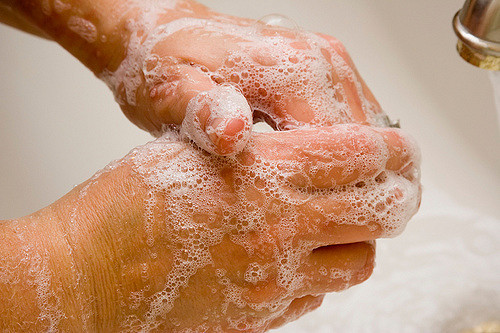 Compost is safe to handle as long as the usual garden hygiene rules are followed:
Compost is safe to handle as long as the usual garden hygiene rules are followed:
1. Keep cuts covered
2. Wash hands with soap and running water after handling compost (especially before eating)
3. Keep anti-tetanus protection up to date.